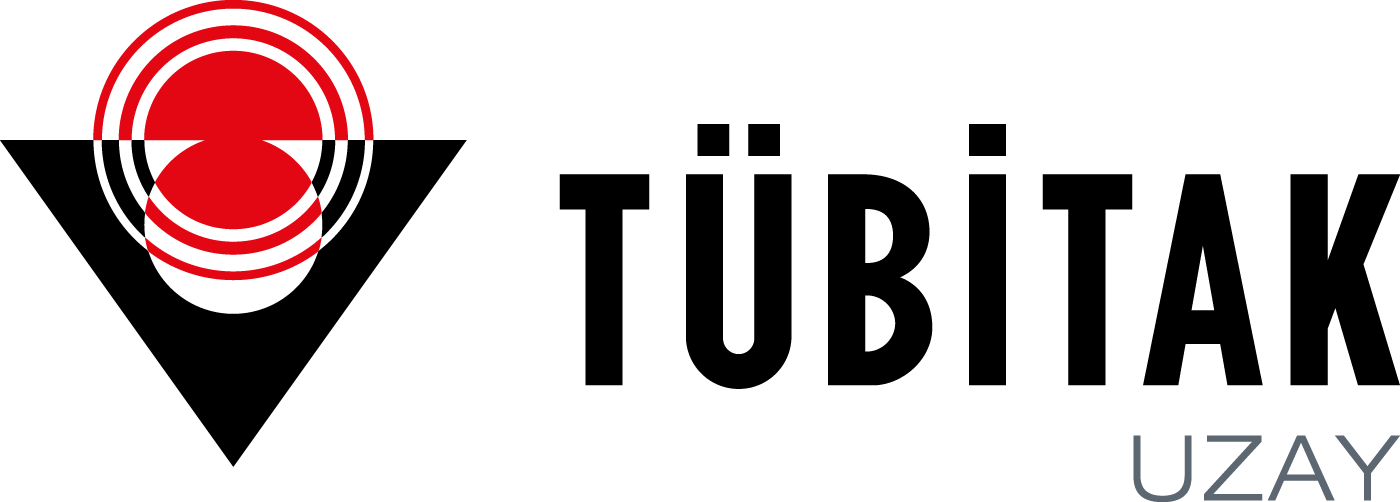The first images taken from around the world by RASAT, a remote sensing satellite designed and produced by TÜBİTAK Space Technologies Research Institute (TÜBİTAK UZAY) with the support of the State Planning Organization (SPT), have started to be successfully downloaded from the ground station in the Institute's building located at the Middle East Technical University (METU) Campus.
RASAT was sent into space from Russia on August 17, 2011. RASAT, which completed one revolution around the Earth in approximately 98 minutes, completed 900 revolutions around the Earth as of October 17.
After the launch on August 17, the commissioning of RASAT began. In addition to the main ground station in Ankara, a temporary ground station in Andoya in northern Norway was used to communicate with the satellite. The temporary station was rented in order to increase the frequency of communication with RASAT. RASAT, which has a polar orbit, passes through the coverage area of the main ground station in Ankara four times a day, while it passes through the coverage area of the station in Andoya 11 times a day due to its proximity to the polar circle. The control of the ground station in Andoya was also carried out over the internet by the team in Ankara.
During the commissioning phase, which started after RASAT's separation from the launch vehicle, flight computer software and orientation determination and control software were loaded onto the satellite from the ground station. The satellite was made ready to receive images in a stable position in orbit within 15 days. After the satellite was switched to precision orientation mode, module and ground station tests began.
The satellite mission computer named BiLGE, the X-Band communication system named T-REKS and the real-time image processing modules named GEZGİN were designed, manufactured and tested by Turkish engineers and technicians at TÜBİTAK UZAY. These tests, which were carried out during the commissioning phase, proved that the sub-systems designed and manufactured at TÜBİTAK UZAY can operate successfully in space.
Following these procedures, test images taken from various points around the world and Turkey were sent from the RASAT satellite to the ground station in Ankara. In the first phase, the quality of the images was improved by making various adjustments to the camera.
Except for one spare solar panel, dozens of modules on the satellite were found to be working as planned. Tests of some devices are still ongoing. In the coming period, the testing of subsystems, software updates, camera calibration and special maneuvering tests will continue. Since the faulty solar panel is redundant, it does not have a negative impact on the operation of the satellite.
With 7.5 meters of black and white and 15 meters of multispectral (color) imaging capability and weighing 93 kg, RASAT is capable of taking images from anywhere in the world without any restrictions. The satellite images to be obtained from RASAT are planned to be used for urban and regional planning, forestry, agriculture, disaster management and similar purposes.
The system engineering and system design of the RASAT satellite was carried out in Turkey, without any consultancy or engineering support from abroad, by Turkish engineers and technicians working at TÜBİTAK UZAY...


